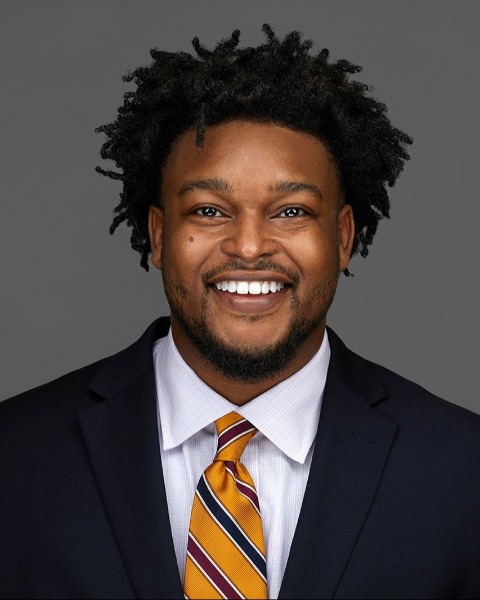Other
(38) Diversity in Oral and Maxillofacial Residency: A Racial and Gender Breakdown From 2016-2023
Thursday, September 12, 2024
2:30 PM - 4:00 PM EDT

Matthew Moore, DMD
Resident
Meharry Medical College
Nashville, Tennessee, United States
Poster Presenter(s)
Disclosure(s):
Matthew Moore, DMD: No financial relationships to disclose
Background:
Developing and training providers that reflect the diverse population of today, has the potential to limit health disparities. Studies suggest that those of underrepresented backgrounds are more likely to seek providers of similar background, resulting in reduction of health disparities. This provides a unique opportunity for the development and training of qualified providers of underrepresented backgrounds that may serve in a capacity to limit health disparities. The purpose of this study is to review the racial and gender breakdown of oral and maxillofacial surgery (OMS) residents within the United States (US) and compare these numbers to the racial and gender breakdown within the US population. We hypothesize that there will be a significant disparity among OMS residents in the United States, regarding racial/ethnic backgrounds and women being underrepresented.
Materials and methods:
Raw data was analyzed from American Dental Association based on data submitted by the American Association of Oral and Maxillofacial Surgeons. Data from Association of American Medical Colleges was referenced, along with the US Census. Data was compared to Aziz study from 2010 to note any change.
Results:
The number of African Americans (AAs) and Hispanic OMS residents in the United States do not reflect the population compared to counterparts. Hispanic residents, along with women, showed increase over time. The number of AAs residents did not achieve higher than 1% increase. The number of white residents decreased, due to a growing number of other races.
Conclusion:
The racial and gender demographic among American OMS residents does not represent the growing racial or gender demographic of the United States. OMSs play a unique role in the bridge between medicine and dentistry. This provides a great opportunity to develop and train providers of underrepresented backgrounds, that may help reduce health disparities throughout the United States.

